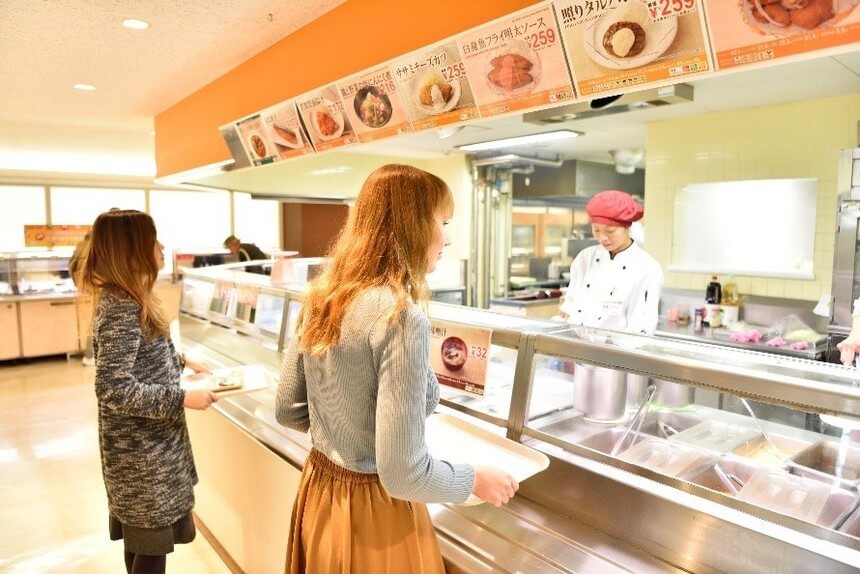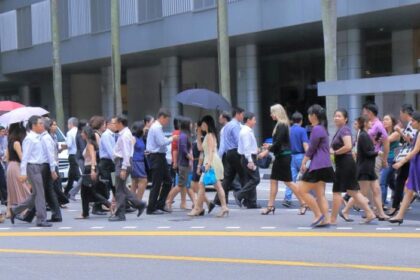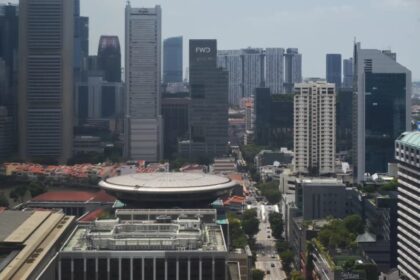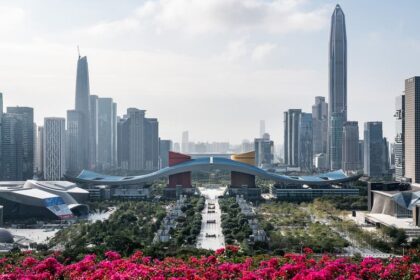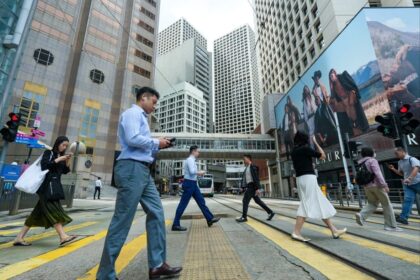University Cafeterias in Kyoto Grapple with Soaring Food Prices
University cafeterias in Kyoto, long regarded as a lifeline for students seeking affordable meals, are facing unprecedented challenges as food prices surge across Japan. With students making up about 10% of Kyoto’s population, the impact of these price hikes is particularly acute, affecting both daily routines and the broader university experience.
Operators such as university co-ops have traditionally worked to keep meal prices low, but a combination of rising food, labor, utility, and distribution costs has forced them to implement multiple price increases in recent months. The situation is further complicated by a sharp rise in rice prices, a staple ingredient in many cafeteria meals, which has been driven by both domestic shortages and global market pressures.
How Are Cafeterias Responding to the Crisis?
In March, the Kyoto University Co-op announced its second round of price increases for rice-based menu items at seven cafeterias, with hikes ranging from 13 to 100 yen. For example, a midsize bowl of rice now costs 55 yen more, while a large plate of curry and rice is up by 90 yen. These increases reflect not only the higher cost of ingredients but also the need to cover growing operational expenses.
Despite these measures, the co-op continues to operate at a significant deficit—posting a 106.6 million yen shortfall in fiscal 2024 and carrying an accumulated deficit of 238 million yen. To cut costs, the co-op has discontinued free tea at three cafeterias, replacing it with water dispensers, a move expected to save over 10 million yen annually. However, officials remain concerned about the unpredictable trajectory of rice prices and the potential for further increases later in the year.
Other universities are facing similar dilemmas. Kyoto City University of Arts, for instance, opened a new cafeteria in April after a year and a half without one due to budget constraints. The facility, funded equally by the university and the city government at a cost of about 120 million yen, offers set meals priced between 550 and 650 yen. Initial plans for 500-yen “one-coin set meals” had to be abandoned as food costs continued to climb.
How Are Students Coping with Higher Prices?
For many students, the cafeteria is more than just a place to eat—it’s a crucial part of their daily life and social experience. According to a survey by the Kyoto University Co-op, about 80% of students rely on the cafeteria for lunch. However, the average payment per meal has remained around 600 yen, suggesting that students are adapting by skipping side dishes or miso soup to keep costs down.
“The image of university cafeterias serving affordable meals has completely changed,” said Takahiro Fujii, a fourth-year law student. “There is also no sign of a price reduction.”
Research from univ-journal.net indicates that nearly 98% of university students in Japan feel the impact of rising food prices, with food and eating out being the top areas of concern. Academic studies also show that even small price increases can lead to a significant reduction in cafeteria usage, potentially affecting students’ nutrition, social life, and academic performance.
Efforts to Maintain Affordable Options
Despite the challenges, some universities are finding ways to continue offering low-cost meals. Ritsumeikan University, for example, has maintained its popular 100-yen breakfast—consisting of rice, miso soup, and two small dishes—thanks to supplementary funding from the university’s Parents Association of Student Education Assistance. This breakfast, which would normally cost about 400 yen, has seen a surge in popularity, with daily servings up 17% from the previous year.
“As prices are rising for everything, it’s not easy to cook for myself,” said Tomoaki Hirabayashi, a third-year law student. “I’m grateful that the price is kept at 100 yen.”
To offset increased food costs, the university has implemented operational reforms such as water conservation and efficiency improvements. Hiromi Matozaki, general manager of the cafeteria department, noted, “Outside the university, it’s no longer possible to buy an onigiri rice ball or bread for 100 yen. We want students to eat well in the cafeterias.”
Broader Context: Rising Food Prices Across Japan
The challenges faced by university cafeterias are part of a wider trend affecting food services throughout Japan. Nonprofit organizations running “children’s cafeterias”—which provide free or low-cost meals to children and families in need—are also struggling with higher food and rice prices. Many have been forced to reduce services or seek additional funding to meet growing demand.
Experts point to a combination of factors behind the price hikes, including global supply chain disruptions, climate change affecting agricultural yields, and increased energy costs. These pressures are unlikely to ease in the near future, suggesting that both students and cafeteria operators will need to continue adapting.
In Summary
- University cafeterias in Kyoto and across Japan are raising prices due to soaring food, labor, and utility costs, with rice prices rising sharply.
- Students are coping by cutting back on side dishes and miso soup, but many still rely on cafeterias for affordable meals.
- Some universities, like Ritsumeikan, maintain low-cost options through subsidies and operational reforms, but such efforts are increasingly difficult to sustain.
- The situation reflects broader national trends, with food price inflation affecting cafeterias and food services for all age groups.
- Experts warn that continued price increases may impact student nutrition, well-being, and academic life, highlighting the need for innovative solutions and support.


